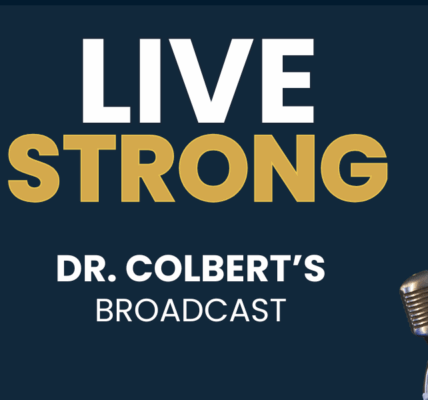The Keto Zone diet allows you to take back control over your health. By teaching you how to track your intake of protein, fat, carbs, and other micronutrients, you set yourself up for success in all aspects of wellness. However, potassium probably isn’t high on the list of nutrients you’re making sure to consume every day.
Less than 2% of the United States population reaches the daily 4,700 mg potassium recommendation. (1) It tends to sit on the backburner of standard diets. But in reality, it’s a powerful mineral that does more for the body than we realize.
Let’s break down what potassium is, why we need it, and how to get it.
What is Potassium?
Potassium is one of the seven most important macrominerals, the third most common mineral in our bodies, and also an electrolyte. This means when it’s placed inside of our body’s water content, it turns into either negatively or positively charged ions.
In potassium’s case, it carries positively charged ions that conduct electricity throughout the body. In turn, these electrical abilities help vital functions like contracting our heart muscles to keep us alive and thriving.
Almost all the potassium in your body is found in your cells, of which 80% are muscle cells and 20% are liver, bone, and red blood cells. (2)
Why You Need Potassium
The electricity created by consuming potassium is used to maintain fluid balance, nerve signals, normal blood pressure, and muscle contractions. (3, 4) Without these regulations, our bodies would suffer from serious dehydration and the inability to move our muscles, sustain a steady heartbeat, or have responsive reflexes. Those are big deals!
On top of being responsible for those fundamental functions, eating enough potassium can reduce the risk of heart disease and osteoporosis, protect muscles, fight kidney stones, and aid bloating. (5, 6, 7, 8, 9, 10, 11)
As a critical mineral, potassium plays an enormous role in our overall wellbeing. And it’s not the only one! Magnesium is, too. Read What You Need to Know About Magnesium on Keto.
6 Signs of Potassium Deficiency
Since 98% of the population is not eating enough potassium, there’s a chance you may be potassium deficient. Here are some signs to look out for:
1. Fatigue/Weakness
If your potassium levels are low, your muscles aren’t able to make strong contractions, which makes you feel weak and tired. (12)
2. Poor Digestion
Your brain needs potassium to convey signals to your gut, and if it isn’t able to “talk,” the result could be digestion issues like bloating and constipation. (13, 14)
3. Muscle Cramps
When your brain doesn’t receive the potassium it needs, it could also result in muscle cramps or spasms. The nerve signals to your muscles may be weaker than usual, which can lead to prolonged muscle contractions. These longer, often painful contractions are cramps. (15,16)
4. Tingling and Numbness Sensations
Tingling and numbness are other results of a lack of potassium straining the communication from your brain to your body. It’s called paresthesia and usually appears in your legs, feet, hands, or arms. (17, 18)
5. Heart Palpitations
When potassium is in the blood and travels to your heart, it helps regulate your heartbeat. But when you don’t have enough potassium, it can cause heart palpitations. Usually, they make your heart beat faster, harder, or skip a beat. (19,20)
6. Shortness of Breath
The muscles in the lungs contract and expand because potassium helps the brain send those clear signals. But if you don’t have a good storage of potassium, your lungs might struggle to complete those contractions all the way, resulting in breathing difficulties. (21)
Potassium-Rich Keto Zone Foods
Now that you know why potassium is important, it’s time to eat it. Here are the top keto-friendly sources of potassium (22):
- Spinach (2 cups): 334 mg
- Chicken Breast (3 oz): 332 mg
- Salmon (3 oz): 326 mg
- Beef (3 oz): 315 mg
- Greek Yogurt (6 oz): 240 mg
- Broccoli (1/2 cup): 229 mg
- Turkey Breast (3 oz): 212 mg
- Cashews (1 oz): 187 mg
- Coffee (1 cup): 116 mg
- Iceberg Lettuce (1 cup): 102 mg
- Peanut Butter (1 tablespoon): 90 mg
- Black Tea (1 cup): 88 mg
- Egg (1 large): 69 mg
Bottom Line
Without potassium, our bodies would be in a world of trouble! It’s super important to make sure you’re aiming for the recommended daily dose. And thankfully, foods like spinach, chicken, and salmon are incredibly high in potassium while being keto-friendly. Win/Win!
Along with eating the above foods, you can also balance out your electrolytes with Keto Zone Instant Ketones.








